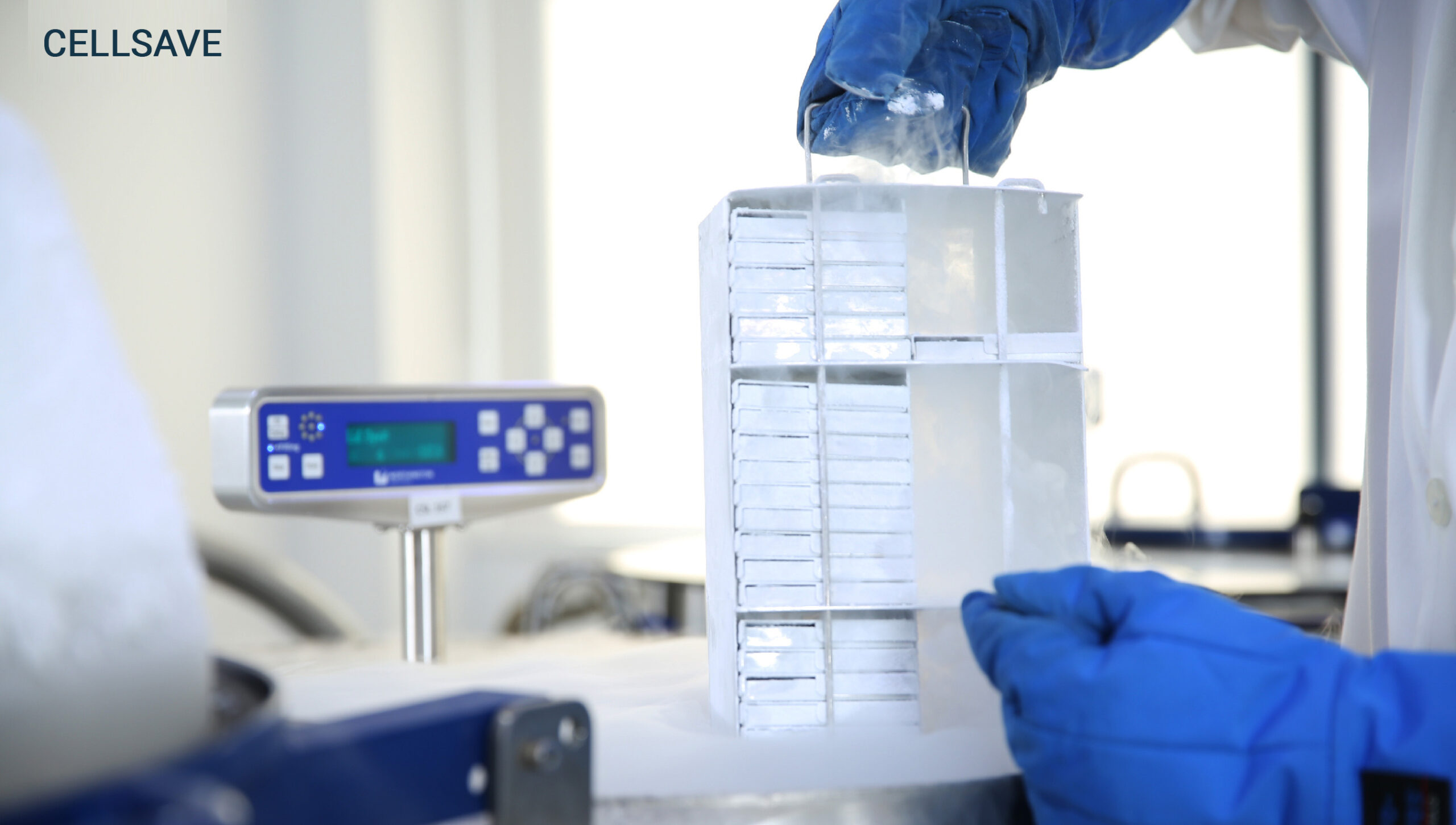Developments in stem cell storage are happening at a rapid rate, and there are exciting therapies being explored in many different fields of medicine. Currently, there are several different types of cord blood banking (cord blood, cord tissue, placental tissue, cord vessel, and amnion placental tissue), with amnion placental tissue being the most recent. The more sources of newborn stem cells that you store, the more options you and your family have for potentially life-saving treatment should you need it.
Here is an overview of amnion placental tissue and a look at some of the ground-breaking treatment areas being explored.
The role of the placenta
The placenta is a maternal-foetal organ that develops and attaches to the lining of your womb during pregnancy. It separates yours and your unborn baby’s blood, providing a link between the two. Oxygen and nutrients pass from your blood to the placenta, which carries them to the baby. Your baby’s waste products are removed back through the placenta. After the baby has been born, the placenta detaches and is expelled from your body. Valuable placental blood and tissue can be collected after it has been delivered.
What is amnion tissue?
An integral part of the human placenta, amnion tissue is the thin elastic membrane lining the inside of the placental sac. This unique tissue has long been used as an effective tool in topical healing to treat wounds, burns, ulcers, and eye conditions. It was first cited as a therapy in 1910 when scientists found amnion achieved significantly superior results in skin graft surgery. Its uses continue to grow, and the medical community is conducting widespread clinical trials to assess the full impact of amnion tissue, particularly in the field of regenerative medicine.
Why is it so effective?
Placental tissue contains a powerful trio of healing properties: collagen, fibronectin, and hyaluronic acid. As well as being another source of mesenchymal stem cells, the amniotic membrane itself has a combination of growth factors, cytokines, and anti-inflammatory proteins that can help cells communicate with each other to fight disease. Additional anti-fibroblastic and anti-microbial properties make amnion tissue an incredibly potent resource.
Amnion placental tissue is currently being investigated for use in the treatment of:
Ulcers
Cardiovascular conditions
Dry eye
Amnion skin graft
Burns
Lung and liver fibrosis
3D printing body parts
Brain injury
Type 2 diabetes







